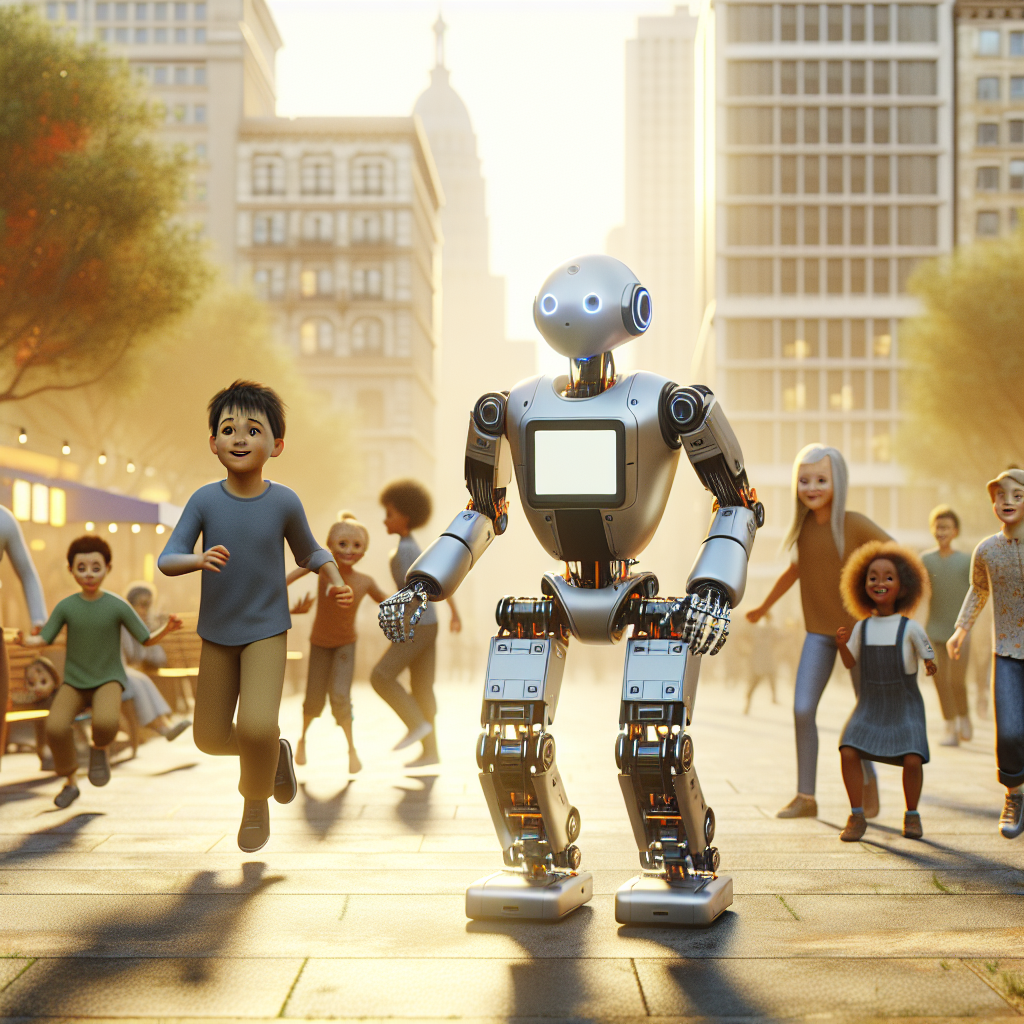One Model to Rule Them All: The AI Breakthrough Behind Atlas’ Humanoid Movements
In the ever-evolving realm of robotics, Boston Dynamics’ Atlas robot stands out as a pioneering force that’s redefining what’s possible with humanoid machinery. At the heart of this advancement lies a significant AI breakthrough Atlas, allowing the robot to exhibit sophisticated movements with a human-like fluidity. This innovation not only enhances the capabilities of robotic technology but also paves the way for a future where robots could potentially operate with greater autonomy across various environments.
The Rise of the Atlas Robot and its Single AI Model
Boston Dynamics has long been synonymous with cutting-edge robotics research, and their Atlas robot is no exception. Traditionally, the programming of robots necessitated complex coding for each distinct task, making general-purpose applications a challenging endeavor. However, Atlas has shattered these limitations by using a single AI model to learn tasks such as walking and grasping. This is akin to a shift from manual transmission to automatic driving, where the robot can intuitively conduct tasks based on learned patterns rather than explicit instructions.
Developing a General-Purpose Algorithm
This breakthrough was spearheaded by two powerhouses in robotics: Boston Dynamics and the Toyota Research Institute. By utilizing a large behavior model, they have equipped Atlas with the ability to interpret its surroundings through visual sensors and proprioception data. These inputs enable the AI model to process the environment and language prompts, which guides its actions and responses.
“The feet are just like additional hands, in some sense, to the model,” says Russ Tedrake, highlighting how multifaceted and adaptable Atlas’s design is (Source: Boston Dynamics). This remarkable flexibility allows the robot to perform emergent behaviors, such as recovering dropped items, without prior specific training—a milestone in robot learning.
Embracing Emergent Behavior in Robotics
The term “emergent behavior” refers to complex actions that arise from relatively simple rules or algorithms. In the case of Atlas, such behaviors signify a leap towards machines that can think and adapt on the fly. No longer static entities, robots like Atlas are now expected to learn spontaneously from their environments, akin to how a child interprets and interacts with the world.
This advancement is similar to the breakthroughs witnessed in large language models like ChatGPT, where AI can understand and generate human-like text based on patterns derived from massive data sets. Similarly, Atlas can navigate its physical world, demonstrating tasks with enhanced efficiency and naturalness, reflecting an emerging synergy between learned data and physical action.
Implications for the Future of Robotics
The potential ramifications of this AI breakthrough Atlas are profound. Consider the possibility of deploying such robots in varied fields—from healthcare, where humanoid robots could assist with patient care, to space exploration, where resilience and adaptability are critical.
However, the road ahead is not without challenges. Experts advise caution and suggest that assessing robots’ performance across diverse situations is crucial. “It’s definitely a step forward,” remarked Ken Goldberg, emphasizing the importance of methodical validation as we push the boundaries of what’s possible with AI-driven robots (Source: Boston Dynamics).
Overcoming Challenges in Diverse Environments
Despite advancements, robots still face significant hurdles when it comes to operating in unpredictable settings. Differences in terrain, lighting, or the presence of unplanned obstacles can disrupt even the most advanced robotic systems. By refining the AI model further with an eye towards versatility, researchers hope to create machines with a high adaptability threshold.
Consider how service robots might evolve to work in fast-paced restaurant environments, or how search-and-rescue bots could become indispensable during natural disasters, negotiating treacherous landscapes to deliver aid.
Real-World Applications and the Road Ahead
As we look to the future, the developments surrounding Atlas could spur a wide range of real-world applications. In industrial settings, for example, robots could take over hazardous tasks, ensuring human workers are kept safe from harm. In domestic environments, robots with such advancements might one day perform household duties, allowing for greater efficiency in daily life.
Conclusion
The unveiling of Atlas’s capabilities through a single AI model signals a new era for robotics and robot learning. As these technologies evolve, so too does our understanding of how robots can integrate into human life. From enhanced autonomy to improved adaptability, this AI breakthrough Atlas suggests a world where technology seamlessly complements our daily routines and professional undertakings.
As we stand on the brink of this transformative phase, there’s both excitement and responsibility. The breakthroughs in AI and robotics require thoughtful implementation and assessment to harness their full potential safely and effectively. As such, the challenge lies not only in technological development but also in ethical application.
Call-to-Action
Are you intrigued by the endless possibilities of AI and robotics? Stay informed and join the conversation on how these innovations are shaping our future. Sign up for our newsletter for regular updates, insights, and analyses on groundbreaking technologies that are set to redefine how we interact with machines and the world around us. Stay curious, stay engaged, and be a part of the change.


